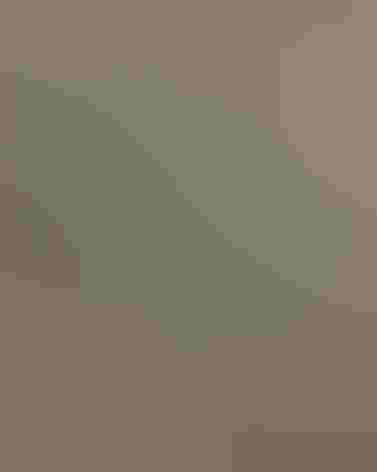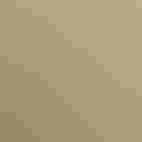Lapland Longspur
At a Glance
Found throughout the Arctic zones of Europe, Asia, and North America in summer, this is one of the most abundant breeding birds of the far North. Birders who visit the tundra in summer will find Lapland Longspurs very common almost everywhere there, the bright males singing their short warbling songs from hummocks or rocks or while flying. In winter the birds come south in flocks, to forage in windswept fields. Although they range widely across the continent, the vast majority winter on the Great Plains, where flocks in the thousands seem to reflect the abundance of the species on its northern nesting grounds.
All bird guide text and rangemaps adapted from Lives of North American Birds by Kenn Kaufman© 1996, used by permission of Houghton Mifflin Harcourt Publishing Company. All rights reserved.
Category
New World Sparrows, Perching Birds
IUCN Status
Least Concern
Habitat
Coasts and Shorelines, Fields, Meadows, and Grasslands, Saltwater Wetlands, Tundra and Boreal Habitats
Region
Alaska and The North, California, Eastern Canada, Florida, Great Lakes, Mid Atlantic, New England, Northwest, Plains, Rocky Mountains, Southeast, Southwest, Texas, Western Canada
Behavior
Direct Flight, Flitter, Running, Undulating
Population
140.000.000
Range & Identification
Migration & Range Maps
Migrates in flocks. Tends to migrate late in fall and early in spring; in most areas south of Canada, peak passage is in November and March.
Description
6-7" (15-18 cm). Summer male has black face, chestnut nape. Female and winter birds variable, usually show black mottling or streaking on chest sides, rich reddish chestnut in wings. Tail has narrow white outer edges.
Size
About the size of a Robin, About the size of a Sparrow
Color
Black, Brown, Red, Tan, White
Wing Shape
Pointed
Tail Shape
Notched, Square-tipped
Songs and Calls
Rattling call. Flight song is sweet and bubbling.
Call Pattern
Undulating
Call Type
Chirp/Chip, Trill, Whistle
Habitat
In summer, tundra; in winter, fields, prairies. Breeds in various kinds of treeless Arctic habitats, from open wet tundra and sedge meadows to drier upland tundra. Winters in open country including shortgrass prairie, overgrazed pastures, stubble fields, plowed fields, lake shores, and similar areas.
Sign up for Audubon's newsletter to learn more about birds like the Lapland Longspur
Behavior
Eggs
4-6, sometimes 3-7. Greenish white to pale gray-green, marked with brown and black. Incubation is by female only, about 12-13 days. Male sometimes feeds female during incubation.
Young
Both parents feed nestlings. Young leave the nest about 8-10 days after hatching. Adults may split up the fledglings, each parent caring for only part of brood. 1 brood per year.
Feeding Behavior
Forages by walking on ground, searching methodically for food. Except when nesting, usually forages in flocks; sometimes feeds in association with Horned Larks in winter.
Diet
Mostly seeds and insects. Seeds make up about half of diet of adults in summer, and great majority of diet in winter; included are seeds of grasses, weeds, and sedges, also waste grain in winter. Also eats many insects in summer, including crane flies, other flies, beetles, caterpillars, true bugs, and others, as well as spiders. Young are fed mostly insects.
Nesting
Males arrive before females on the nesting grounds and establish territories with flight-song displays: flying up from ground to 30' or higher, then gliding down while singing. In courtship on ground, male may sing while running about with wings drooped, bill pointed up. In the short Arctic summer, with little time available, courtship and pairing are accomplished quickly, and females may begin nest-building within days after they arrive. Nest site is on ground, tucked into shallow depression in moss or other tundra vegetation. Nest (built by female) is cup of grass, sometimes with moss added, lined with fine grass and often with feathers.
Conservation
Conservation Status
Abundant and widespread. Most of breeding range is remote from the effects of human activity.
Climate Threats Facing the Lapland Longspur
Choose a temperature scenario below to see which threats will affect this species as warming increases. The same climate change-driven threats that put birds at risk will affect other wildlife and people, too.







